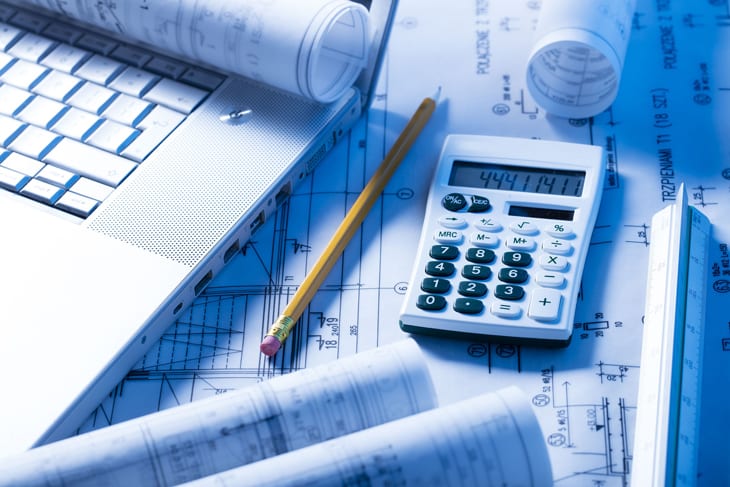
Managing construction costs effectively is an important measure of a project’s success. The margin of profit between time, material, construction labor costs, and completing the new wing of a hospital or commercial office space on time is very thin.
To finish in the black, each phase of construction brings its own set of challenges that can affect the budget of a particular project. Project managers and general contractors must monitor key performance indicators (KPIs) as a job progresses to measure productivity as well as profit margins. One KPI metric to monitor is construction labor costs and creative ways to reduce them wherever possible.
Why Reducing Construction Labor Cost Can Be a Challenge
In today’s construction industry, reducing construction labor costs is a very real challenge. By every measurable statistic, the construction industry has a significant shortage of skilled labor. A combination of Baby Boomers cycling out of the workforce and a younger workforce that abandoned the trades after the recession and banking crisis of 2008 wiped out 40% of construction jobs, has left the industry with a lack of skilled labor.
Project managers must balance paying consistently higher wages to maintain a skilled workforce while controlling labor costs as one measure to ensure profitability. Though, rising costs of material, equipment, administrative costs, and project delays can affect the bottom line, too, focusing on labor and meaningful ways to harness it can leave a healthy margin for the business and a satisfied workforce. Pre-construction planning and design of the job’s labor requirements, procuring the necessary equipment, and timely execution of tasks can all contribute to reducing construction labor costs.
Design and Planning
This might seem like a no-brainer but maximizing productivity is the goal of every project manager. Learning to save money and reducing costs on construction projects is not about penny-pinching but spending time and productivity more efficiently. Taking a strategic approach to pre-construction planning can lead to savings. Cost overruns that attribute to lost profits, in general, relate to inaccurate project estimates, design errors, administrative errors, and poor site management. With regard to the latter, strategically managing the productivity of labor can be achieved through effective communication and planning
Procuring Investment Equipment and Materials
While cutting back on equipment expenses may seem like an easy way to trim the construction budget, any acquisition of equipment should be viewed as an investment. Shop around and spend your money wisely, but seek quality. The higher quality the equipment the longer it will last, retain value, and will give a greater return on investment (ROI) over time. True, upfront, cheap tools and equipment will save money. However, if they do not last through the end of a project (or more), need repairs or replacement, then you’re facing add-on expenditures or even downtime while waiting for the new equipment to arrive.
For instance, in many capital improvements and renovation projects in public or private facilities, offices, warehouses, or plants space is occupied by a workforce that must continue to work through the phases of the project. It’s highly likely that the facility is often frequented by clients, customers, patients (if a hospital), and other visitors. Contractors must erect temporary walls to contain the dust, debris and noise levels. The traditional method of containing a construction area is done with drywall or plastic sheeting. Constructing a barrier system of drywall and plastic is a waste of material and labor.
- Drywall waste releases hydrogen sulfide gases as it decomposes; therefore, there is no ROI on material.
- There is valuable time lost in the labor for constructing and demolishing containment walls throughout the phases of a project.
STARC Systems reusable temporary walls are the premier containment solution that, compared to drywall, provides an ROI after 3 to 5 phases of use.
Why Choose STARC Over Other Containment Methods?
How Temporary Containment Walls Reduce Labor Costs
The simplicity of the STARC system is another advantage that guarantees reduced labor costs and a high ROI.
- It only takes two people one hour to erect and install 100 feet of wall.
- The same walls can be easily moved around to accommodate the many phases of the project.
- The airtight walls contain the dust and debris that accompany renovation and remodeling, ensuring site safety and a cleaner work environment.
- Safe worksites reduce the chance of injuries that could lead to work stoppages or damage valuable equipment.
- Keeping worksites clean and organized improves worker productivity by limiting distractions.
Project managers looking for ways to cut costs during construction face many challenges. When focusing on reducing labor costs, pre-construction planning, having the right equipment on hand, and timely, efficient execution of tasks will increase productivity to get the highest return on labor.
